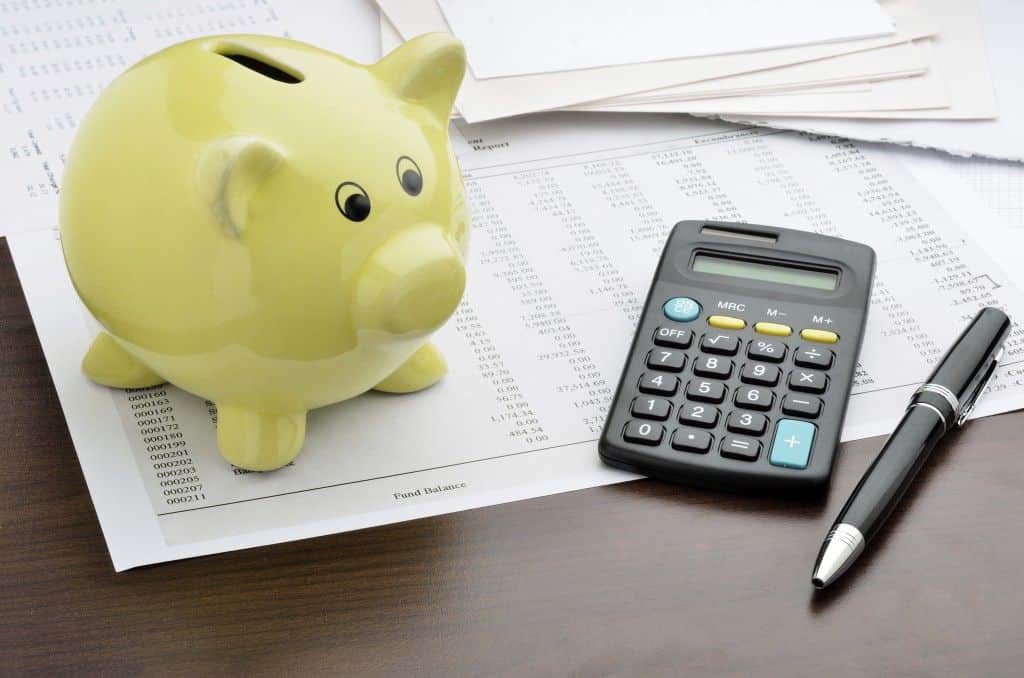After you have carried out research, chosen your ideal property and targeted a specific audience, it’s time to get down to writing that all-important B&B business plan.
It is vital that you do this well in order to succeed. The saying ‘fail to prepare, prepare to fail’ may sound like a cliché, but in this instance, it is spot-on.
When putting together your B&B business plan, you need to take into account 5 main factors which we have detailed below. If you keep a tight rein on all of these factors, you will increase your chances of success.
1. Your idea
A good B&B business plan needs to start with a good idea. Does your idea have legs? What kind of competition are you up against? As long as you have carefully thought through the type of business you want to run, established a proven market and picked the right kind of property to win your chosen market over, you’ll be onto a winner.
Make a note of what you expect to achieve from your business and where you want to be in the short-term (1-2 years), mid-term (3 years) and long-term (5+ years). Doing this will allow you to keep on track and make it easier to identify what succeeds and what fails, so you’ll be able to correct mistakes as you go along.
2. B&B Budget
Getting your budget spot on will guide everything else in your business and might just decide whether your venture is a victory or a disaster. It’s even more important if you are looking for financial backing, but even if not, you owe it to yourself to get this part right. Underestimate and it might take you longer to break-even than you expected, or nudge you into debt. Overestimate and you’ll have invested money into your B&B that you could have used elsewhere.
The basic budgeting required to run a successful B&B is not as complex as you may imagine. In short, you need to consider the following outgoings on a monthly basis:
- The costs associated with financing your property
- Daily running costs associated with your property
- Your personal living costs
Once you have jotted down every single cost to the penny, you need to make a note of what your monthly income will be as a result of room bookings. When you are planning for this, you need to consider the minimum occupancy level you can operate at in order to make a living.
If you budget your business based on having a 100% occupancy rate at all times, you are going to be seriously disappointed and are likely to be setting yourself up to fail. You also need to set aside some funds to act as a safety blanket in the event of any unexpected costs or a slow month. If the profitable summer season ends up being a washout, how much will this affect your business? Be conservative with your estimates, taking into account any potential temporary dips in trade, and you’ll be in the black in no time.
3. Smart B&B pricing strategy
Once you have worked out your overheads and outgoings, you are in a good position to set the all-important pricing structure for your B&B business plan. It takes a lot more work than simply looking at what the competition is up to and undercutting them.
Make sure you take the following into account while researching a price plan:
- Market size – How many potential customers do you think you can realistically compete for?
- Competition – Will you charge the same, more, or less than your direct competition? Consider what you offer in terms of quality, facilities and location in comparison to them.
- Dynamic & seasonal pricing – Think about whether you might want to adjust your pricing over Christmas and New Year, or during particular events happening nearby that could increase demand for rooms.
- Special offers – Early bird offers, duration supplements and discounts for specific times of the year are just some of the things you might want to consider.
- Weekend rates against midweek rates – Many hotels and guesthouses charge more per room over the weekend when there’s more demand.
- Single occupancy rates – Will you want less for a room if only one person is staying?
- Restrictions – Consider whether you’ll allow certain things or not, such as pets. Letting guests bring dogs and cats, for example, may give you a one-up on your competition, but could mean you run the risk of damage.
- Cancellations – Make sure you have a rigid policy in place to avoid being left short if a booking doesn’t turn up or cancels late, leaving you with an empty bed. Plenty of hotels and the like have a system where they’ll not offer refunds if the room was cancelled on less than 24 hours’ notice.
Getting your prices right is crucial. Remember it’s something you will need to monitor and adjust on a regular basis – experience will help as you go along. More importantly, don’t forget you’re running a business and need to earn more than you spend!
4. Marketing strategy for your B&B
Don’t forget your marketing plan. As any good businessperson will tell you, this isn’t just about putting an ad in the local paper. It’s about deciding on what you’ll do to promote your bed and breakfast, in line with settling on a price and place. To find out more about how to promote your property online, read our 5 step guide to B&B marketing that’ll cover everything you need to know.
5. Define your B&B Key performance indicators (KPIs)
Monitoring the performance of your B&B is important, and although this will come once you’ve set up shop, you need to define how you will measure success while putting your B&B business plan together. Be realistic with your KPIs. They need to look at all areas of your business and be reviewed on a regular basis. Doing that will enable you to highlight your successes and failures and adapt to problems accordingly and easily.
While putting together this part of your plan, you may want to consider:
- Total sales per week/month – How do they compare with your plan, and, when you’ve been going longer than 12 months, are you growing year on year?
- Occupancy percentage rate – This is the proportion of your rooms that are booked. You’ll want to make sure this is on track with your projections so your finances stay in shape.
- Average room rate (average achieved price per room) – In an ideal world, you should be seeing a number that’s near enough your per-night rate.
- Customer satisfaction – How are your TripAdvisor reviews and customer comments looking?
Finding spare time can be difficult when you’re running a B&B, but it’s important to keep on top of your KPIs in order to maintain and grow a successful business.
So there you have the basics of putting together a bed and breakfast business plan. You might just want to get on with it all and think that by providing a good service at a good price and getting the word out, everything will take care of itself.
If you’d like to find a way to organise your business and bookings, check out the eviivo suite, our award-winning accommodation booking system, designed to make taking bookings a whole lot simpler.



